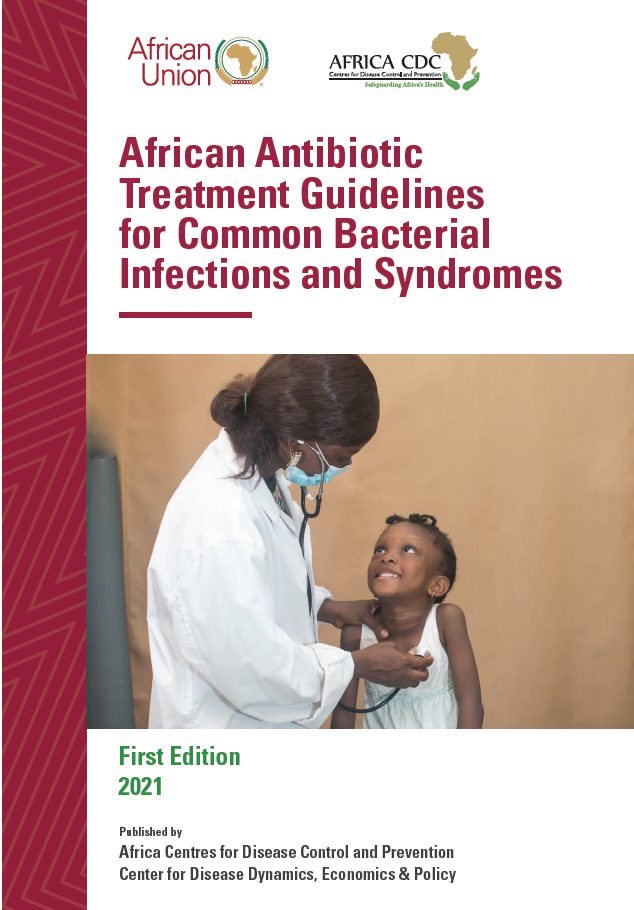Foreword: Although they can be manufactured with virtually no limit, antimicrobials are, in fact, a scarce resource. Excessive antimicrobial use selects for microorganisms that evade treatment, rendering antimicrobials potentially useless. Recognizing the urgent threat that antimicrobial resistance (AMR) poses to the continent, the Africa Centres for Disease Control (CDC) prioritized AMR control as part of its first five – year strategy, with a focus on improving monitoring, delaying emergence, limiting transmission, and mitigating harm from AMR pathogens.
Global and national AMR action plans uniformly reference the need for clinicians to use antimicrobials “appropriately,” but what does this mean? When a person presents with an illness that may require antimicrobials, where should the clinician turn to decide the right drug, dosage, and duration?
Too often African clinicians have had to turn to guidance written far from the continent, guidance that does not reflect the epidemiology and susceptibility of infectious diseases in their own communities. This document represents a first attempt by the African continent to take ownership of what “appropriate” antimicrobial use means for Africans. Africa CDC convened experts from across the continent to review data and make recommendations for a wide range of conditions that may require antimicrobial treatment.
Through this process, Africa CDC and its partners learned three critical lessons. First, there is an urgent need for Member States to increase surveillance for antimicrobial resistance to ensure
recommendations are based on timely, comprehensive, and representative analysis of pathogens.
Second, this document should be considered a first draft that requires continuous updating based on new data emerging from Africa. And, finally, the continent is vast and diverse, and this document should be considered a template for national and sub – national entities to ultimately develop and continuously update their own guidance based on the needs of clinicians and patients in their communities.
